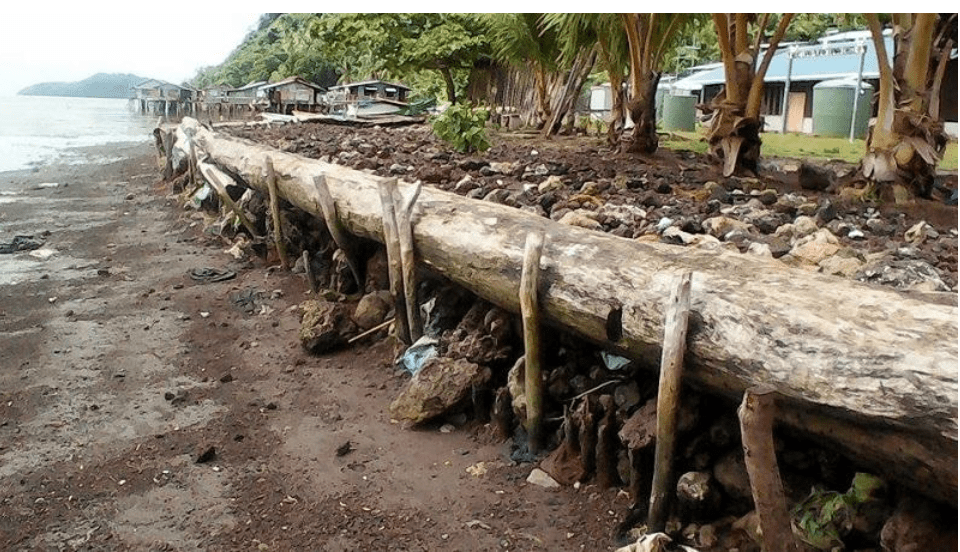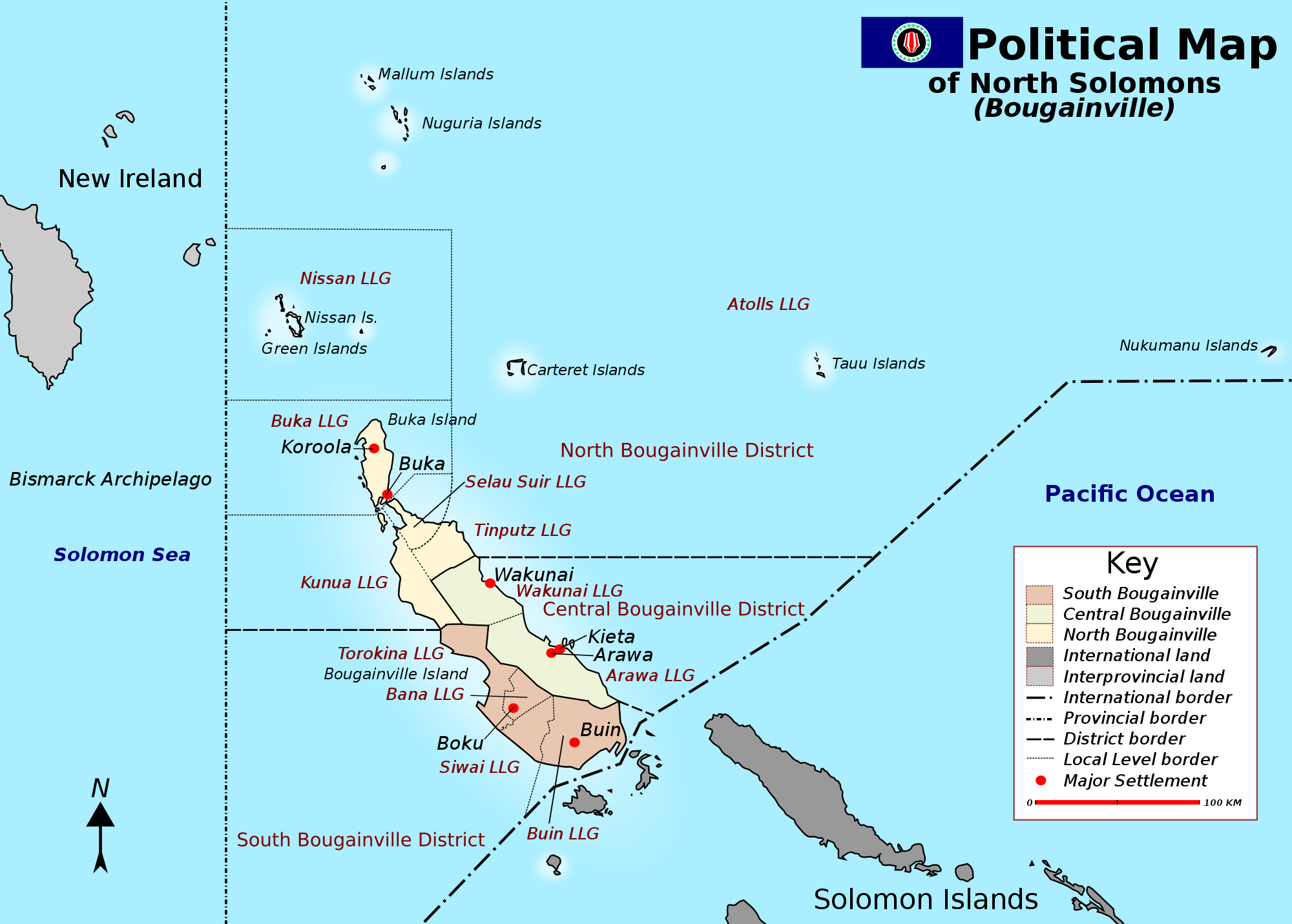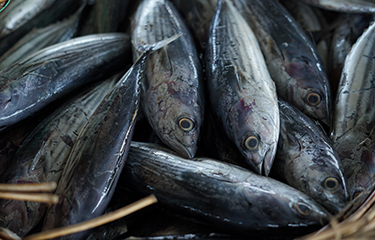As I carefully walked down the steep, newly cleared mountain slope, I took in the thick majestic rainforest laid before me. The sight reminded me of my village, away from the skyscrapers and the noise of the city. My eyes took in the vast expanse.
Arriving at the foot of the mountain at the location of the cocoa nursery project I gasped as I saw the most awful sight. Taken aback, I walked slowly towards the cocoa pods.
As someone from the highlands who had only seen cocoa pods in photographs, I clearly saw that these pods are not what I’ve known from pictures. These looked horrible.
They were covered in fungus. Then there were the black pods.
What also caught my attention was the vast expanse of prematurely ripened pods. I looked at the large cocoa field which once produced blooming cocoa pods before climate change brought on the infestation.
The pest – the cocoa pod borer – is the root of all the cocoa farmers’ problems.
“This used to be my cocoa garden,” said Rex Abraham, chairman of Kwambi Kanda cocoa nursery project. “It was faring well until 2002 when the cocoa pod borer (CPB) started eating the pods.”
CPB larvae feed inside cocoa pods on the material that surrounds the individual cocoa seeds. The seeds then stick together, producing undersized seeds and poor-quality cocoa beans. The fruit pulp becomes hard and the normal fermentation process used to produce the cocoa flavor precursors is made ineffective.
Cocoa production was the main source of income for the people of Maprik in East Sepik Province. It was cocoa that sustained families’ day-to-day needs and gave them incentives to save and venture into other businesses.
Before the CPB infestations Maprik was a bustling city. The streets were lined with people doing business.
“Here in Maprik, it’s the world trade center,” said Maprik member of parliament John Simon. “We have all sorts of trade happening here, we have people selling vanilla and fish. In the past, cocoa trade used to happen here but not anymore.”
In 2002 the cocoa farmers were caught unprepared when the pods changed color drastically, ripening unevenly, and the beans clumped together. This happened after noticeable changes in the temperature.
“We can feel the air turning hot and humid then we started seeing the cocoa pods changing its color,” Abraham said. The farmers became frantic when they saw that their green gold wasn’t so green anymore. It was first time he had seen the pods ripen prematurely.
And with the climate change came the infestation.
Farmers were no longer proudly bringing in their harvest. They had no choice but to look for alternate ways to make money.
Putting into practice everything that they knew, the farmers tried every possible means to rid their beloved pods of the pest but were greeted daily with more CPB infested pods.
“The pest had destroyed one of our main sources of income,” said Agatha Peter, a cocoa farmer and mother of four with her eldest in university. “It is the only way for us to look after our family as well as cater for school fees but with cocoa gone to the borer, the struggle is real for us.”
The sudden twist of fate left the farmers vulnerable. Their failures only increased their drive and the desire to know more about the pest that was affecting their livelihoods.
In 2013 a ray of hope came from the Stewart Research Station at the Papua New Guinea Cocoa and Coconut Research Institute (CCRI) in Murunas, Madang Province. The need for new techniques of planting cocoa to prevent newly introduced pests and diseases from affecting cocoa production, said Abraham, was bigger than ever.
“We were devastated until we heard that there are people there who can help so we went and brought the people from Madang – known as the Murunas – here,” Abraham said.
Member of parliament Simon agreed to meet the cost of bringing in experts from Murunas along with cloned bud sticks of cocoa to help the devastated farmers in the fight against the pest. The Kwambi Kanda cocoa nursery project in Malba One and Two was then established by the Papua New Guinea Cocoa Board.
Using the budding technique, selected single buds from the desired local scion is cut from a cocoa tree and grown onto the cloned sticks. Clones are produced by bud grafting. Cocoa clones have much yields than hybrids and have good resistance to diseases. They grow into small-sized trees that are easy to manage.
“The seed itself is an ordinary cocoa but the budding sticks are from the cloned cocoa so the fruits that it bears will be hybrid and of high quality,” Abraham said.
In the year since the completion of the nursery project, the cloned cocoa seedlings were transplanted and grew into resilient cocoas. Abraham has taken on extra workers to help tend the cocoa farm.
The project is the first for the Yamil Tamawi local level government (LLG) and Simon plans on extending it to the other areas. He is confident if successful then the same breed can be expanded to old cocoa trees so farmers will have all cloned cocoa on their plots.
“These are disease resistant and you are looking at a very good production if all goes well,” Simon said. If managed successfully it should provide 2.5 to 3 tons of cocoa per hectare each year. According to farmers, during the previous cocoa boom they produced 200-500kg per hectare so this would mean a big gain for the growers.
“In the past me and my family used to make about 20,000 kina ($6,000 USD) per year because we have about ten hectares of cocoa. But they were all lost to the CPB,” Agatha explained. “However, now with the new project, we know that our (production) would be bigger and better,” she said.
Simon is doing this to ensure that his people are more self-reliant. The more tolerant cocoa would help farmers improve their yields, its quality and also quantity.
“I am getting them to stand on their own feet,” said Simon.
A version of this story was published in the Post Courier Papua New Guinea on July 20, 2018.




